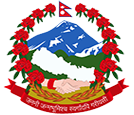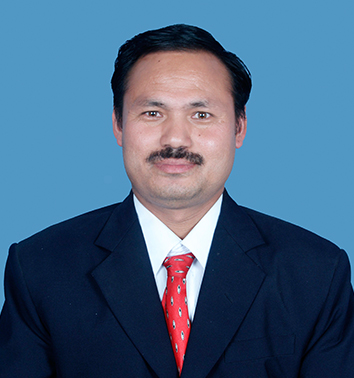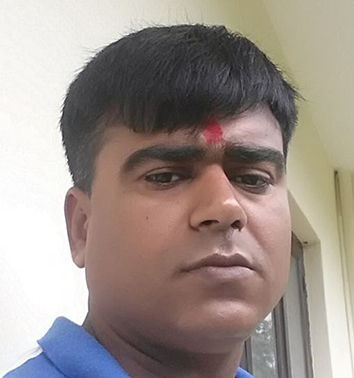Activities being implemented through DSCO
The DSCO provides intensive support to the users in prioritized sub-watershed for 4 to 5 years as per resources available. After this period the support will shift to another prioritized sub-watershed. However, the technical support could be continued in the left sub-watershed as far as possible as per community needs and interest. In order to implement SCWM activities in line with the objectives and strategies formulated, the DSCO has incorporated a number of programs as follows.
1.3.1. Land Use Planning
Land use plans are the basis for the rational utilization and management of watershed resources. These plans are prepared by using scientifically analyzed land capability. The following two types of activities are carried out under this program.
Sub-watershed management planning
•
Technical service for land use development
•
•
1.3.2. Water and Sediment Management
1.3.2.1 Natural Hazard Prevention
These programs are intended to help reduce damage to life, property and valuable natural resources caused by different types of natural hazards. Gully treatment, landslide treatment, torrent control, stream bank protection and degraded land rehabilitation activities using various structural measures are included. Construction of check dams, retaining walls, diversion channels, grass sowing and tree planting are the main types of work done.
1.3.2.2 Water Source Conservation
These programs aim to manage water source and make availability of safe drinking water and small scale irrigation services and also to minimize soil erosion in downstream. Water source protection and improvement, water harvesting pond (conservation pond/ rain water harvesting), waterways improvement and protection, spring renovation etc are the main activities carried out under this program.
1.3.3. Land Productivity Conservation
These programs are designed to restore and improve the productivity of private and community lands. Included under this program are mostly biological conservation measures such as on-farm conservation practices, fuel/fodder/fruit tree plantation, grass plantation, greenbelt/shelterbelt development, agro-forestry, nursery operation and conservation plantation.
1.3.4. Infrastructure Protection
These programs include those measures, which protect and stabilize basic development infrastructures such as reservoirs, irrigation systems, roads and others with the aim of improving the economic life of the infrastructures. Bioengineering measures are usually used for slope stabilization, roadside erosion control, trail and irrigation canal improvement.
1.3.5. Community Soil Conservation and Extension
In order to combat conservation problems, the DSCO has, given equal emphasis to conservation extension and education as well as regulatory preventive and rehabilitative measures. This is because these programs play a key role in mobilizing people and in generating conservation awareness. The broad packages developed for this are: conservation demonstrations, extension education, training and study tours, support to community development groups in strengthening and institutionalization process, exhibitions, competitions and conservation technologies transfer.
1.3.6. Income Generating Measures
Income generating activities aim to raise income of the local peoples therefore to relieve the pressure on the marginal lands. Income generating activities includes activities such as bee keeping, private nursery, duck farming, mushroom growing, vegetable farming and fish farming which are related directly to improving the economic productivity of land and water use.






